In rural India, there are several groups of people with an interest in learning about using computers. Here are a few examples:
Farmers and agricultural workers: Many farmers and agricultural workers can gain from computer literacy to access weather forecasts, market prices, and agricultural methods. Acquiring knowledge of agricultural apps and online resources can boost output and increase crop yields.
Students and Education Seekers: Since education is crucial for socioeconomic development, students in remote locations can use computers for online classes, research, and access to educational resources.
Local entrepreneurs and small business owners can improve their operations by becoming familiar with computer programs for bookkeeping, marketing, and internet sales. Both their consumer base and profitability may grow as a result.
Computer literacy is essential for healthcare personnel to access medical databases, telemedicine services, and health awareness campaigns. It can enhance the provision of healthcare and raise knowledge of illnesses and their prevention.
Women and Empowerment Groups: Women in rural India can be made more powerful economically and socially by promoting computer literacy among them. Women with computer skills can connect with support networks, obtain financial services, and find jobs online.
In conclusion, computer literacy can help a variety of groups in rural India, from farmers looking for agricultural information to women aspiring for professional success.
Course Features
- Lectures 89
- Quizzes 7
- Duration 10 weeks
- Skill level All levels
- Language English
- Students 8
- Assessments Yes

